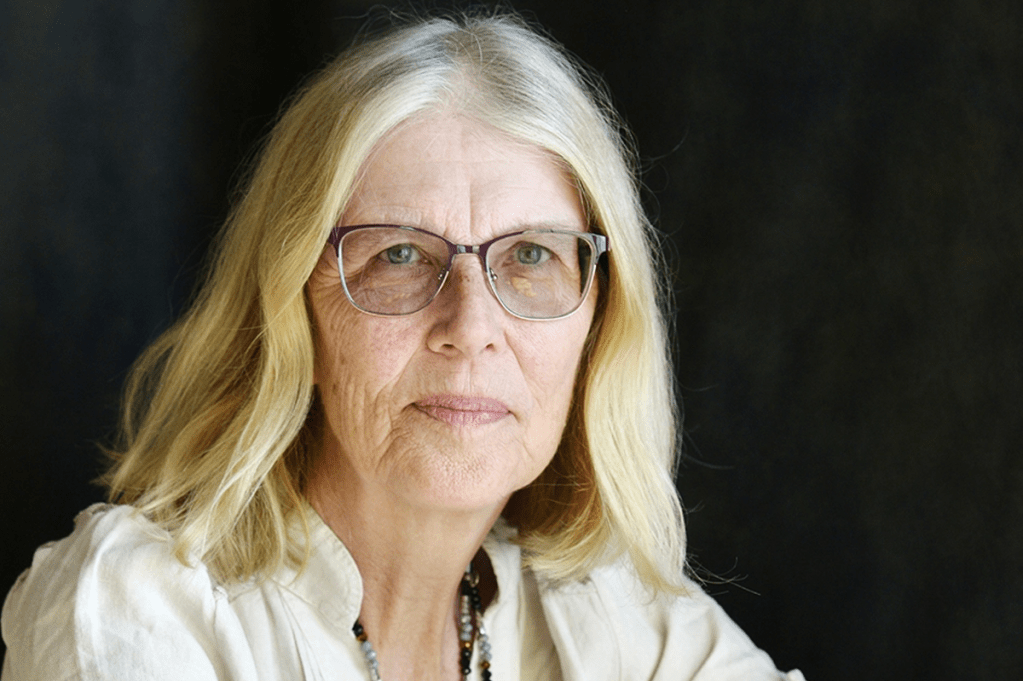Jane Smiley has form with mining classics for plots. Her 1991 Pulitzer winner A Thousand Acres was based on King Lear. Boccaccio’s The Decameron and Mark Twain’s The Adventures of Huckleberry Finn also inspired two of her previous fifteen novels. In A Dangerous Business, which is set in a brothel in lawless 1850s California, she does something slightly different, using Edgar Allan Poe’s fictional detective C. Auguste Dupin to prompt her protagonist Eliza Cargill into action when women start disappearing from Monterey.
No one cares enough about the missing women — who, like Eliza, are prostitutes — to investigate. Monterey has no constables, only vigilantes, who are more interested in money and feuds. This lack of law enforcement had suited Eliza, who was twenty-one when her husband Peter died, shot in a bar fight after barely two years of marriage.
“Eliza was more relieved than upset,” Smiley writes at the outset, explaining how Eliza’s father had handed his daughter over to Peter, who was thirty-eight, back in Kalamazoo, Michigan. “Part of the reason Eliza didn’t mourn him, and part of the reason she was earning her living (and a good living) in Monterey, was that he had made it clear that he intended to put it to her, whether she liked it or not, once or twice a day.” After her backstreet abortion in Kalamazoo, Peter finds a Monterey doctor to give Eliza a pessary, which inadvertently gives her financial freedom when she is widowed.
Rudimentary birth control aside, Eliza knows there is nothing safe about her life. Mrs. Parks, who runs the establishment where she works, even warns her: “Everyone knows that this is a dangerous business, but between you and me, being a woman is a dangerous business, and don’t let anyone tell you otherwise.”
But Eliza knows that being a woman in charge of her own life can beat being taken advantage of in an unhappy marriage. Besides, she has a friend, the first in her hitherto lonely existence: Jean MacPherson, who works at a different establishment which caters for discreet women of means. Jean, who likes to dress as a man, introduces Eliza to Poe’s stories, and together they start trying to figure out what has happened to “the girls.”
The beauty of A Dangerous Business is how much fun Smiley must have had adding to the nascent canon of feminist western literature. Her characters deliver, although in retrospect she uses some lazy shortcuts to sketch Jean — who thinks nothing of a good four-hour walk, has curly, dark hair, can see spirits and turns out to be the daughter of an escaped slave. The era is evoked with convincing ease, foreshadowing the imminent outbreak of civil war and even the environmental destruction that lies in store for the wooded coastline.
It is a shame, then, that Eliza and Jean’s sleuthing is the one weak link. When Eliza reads Poe’s The Murders in the Rue Morgue, she is much impressed by “the idea that a train of logic could lead to something utterly unexpected,” yet Smiley’s logic leads to something more predictable. Never mind. Enjoy this instead for the Bildungsroman it is, while lamenting that being a woman is still such a dangerous business for so many around the world.
This article was originally published in The Spectator’s UK magazine. Subscribe to the World edition here.

























